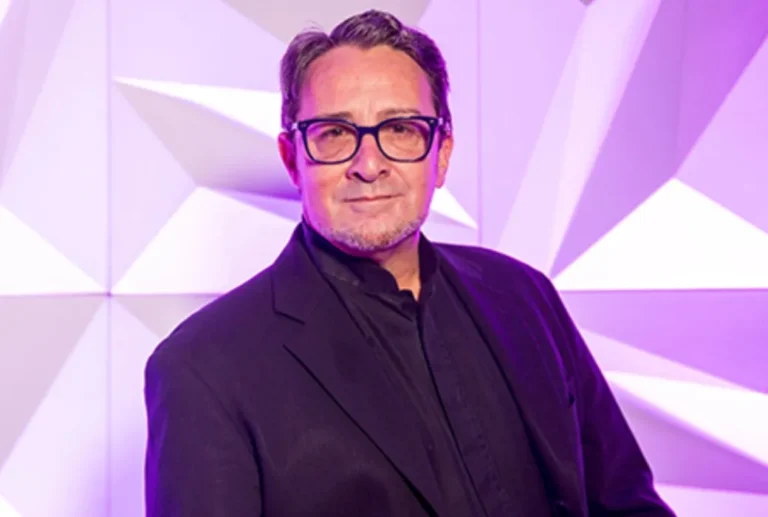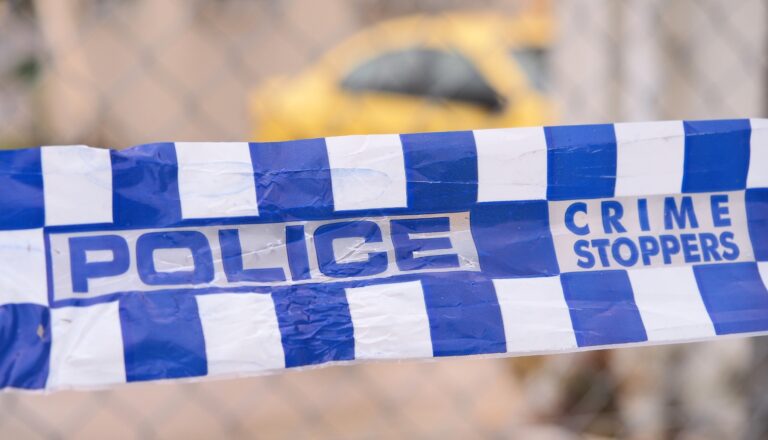
Noisy neighbours deaf to White Bay community concern

By MICHAEL FORNO
Cruise liners docked at the White Bay Cruise Terminal are too loud experts say, and residents agree.
On Tuesday night, a public meeting heard from sound pollution expert Rodney Stevens who conducted an environmental noise assessment into the White Bay Cruise Terminal.
The report was commissioned by the Inner West Council and will form part of its formal submission to the Port Authority of NSW Noise Mitigation Strategy for the White Bay Cruise Terminal.
Since the terminal opened in 2013, residents have been affected by excessive noise levels from ship power generators, PA announcements and routine maintenance.
The Port Authority is currently undertaking its first noise mitigation assessment in the four years that White Bay Cruise Terminal has been in operation.
The Port Authority has finalised its public submissions process, which included Mr Stevens’ report.
“Noise data would back up complaints from residents,” he said at the meeting.
The Ports Authority was not represented at the meeting, nor was the cruise ship industry.
The meeting was chaired by former Leichhardt Councilor John Stamolis. He told City Hub he is concerned by the lack of community consultation.
“The fact is that NSW Ports didn’t even send a representative on Tuesday night. So there we go, NSW Ports was absent and so was the cruise ship industry. That alone is a concern.
“It’s a very worrying sign. My question is, why are they absent from these forums? Any industry concerned about its responsibilities would surely want to meet with the community and hear their concerns,” he said.
Mr Stevens told the audience that one of the biggest contributing factors to excess noise is onboard power generation. He suggested that while in port, ships should get their power from onshore sources.
“That would immediately cut noise significantly, and the 25 per cent of ships that already have the capacity to use shore-based power should have priority access to White Bay over ships that do not,” he said.
Contrary to Mr Stevens’ expert assessment, the Port Authority is prioritising measures that place the burden on residents.
The central element of the noise mitigation program so far is what the Port Authority calls noise attenuation.
A fact sheet from the Port Authority website on the Noise Mitigation Strategy reads:
“The strategy includes a suite of initiatives that have been designed to minimise the impact of cruise ships on the local community.”
“[This includes] noise attenuation comprising of physical treatments to homes to a defined area of residences where noise modelling indicates that average noise levels reach or exceed 55 decibels at night.”
Noise attenuation involves measures such as sealing gaps in doors and windows in affected homes.
Greens MP for Balmain Jamie Parker has long opposed the White Bay Cruise Terminal. He believes that dealing with the source of the noise is the best solution, and that noise attenuation won’t solve the problem.
“Unless we all have noise barriers around our houses, it can’t work and it won’t work,” Mr Parker said.
Placing the focus on modifying homes is the wrong way to go about noise mitigation according to Mr Stamolis.
“The emphasis for any solution to noise problem so far has been to look at the source. The Port Authority should not be asking residents to close windows and doors; they should not impose solutions on people’s homes. This does nothing to alter the outside noise.
“Suppose you want to have some friends over for a barbecue in the afternoon, these measures do nothing to stop the outside noise from the cruise ships. The problem has to be resolved from the source, ” he said.
Mr Stamolis holds out hope that the Ports Authority will address community concerns and hold cruise ships to high compliance standards.
“Residents are very sceptical about whether Ports will use their power and authority to ensure that level of compliance.
“I will wait and see and give them the benefit of the doubt. We are not being unreasonable in asking for these problems to be solved at the source because a lot of these can be resolved easily at the source.”









